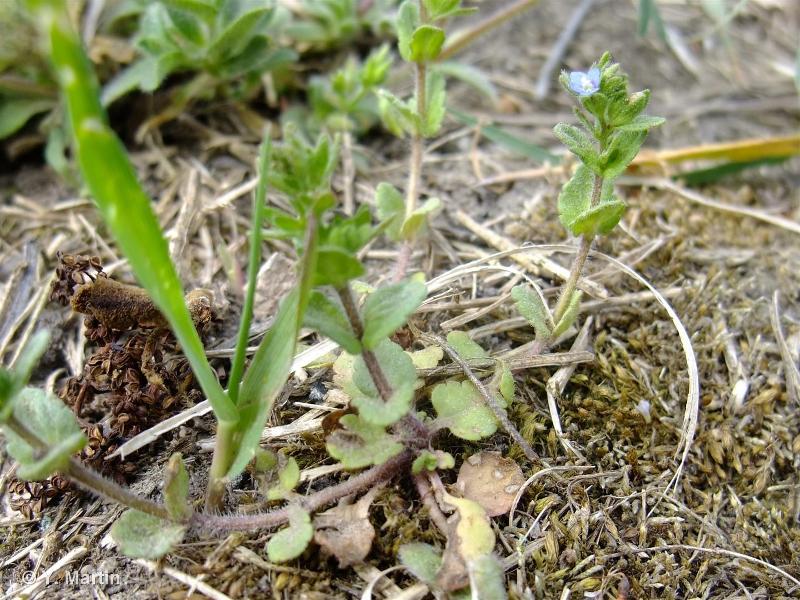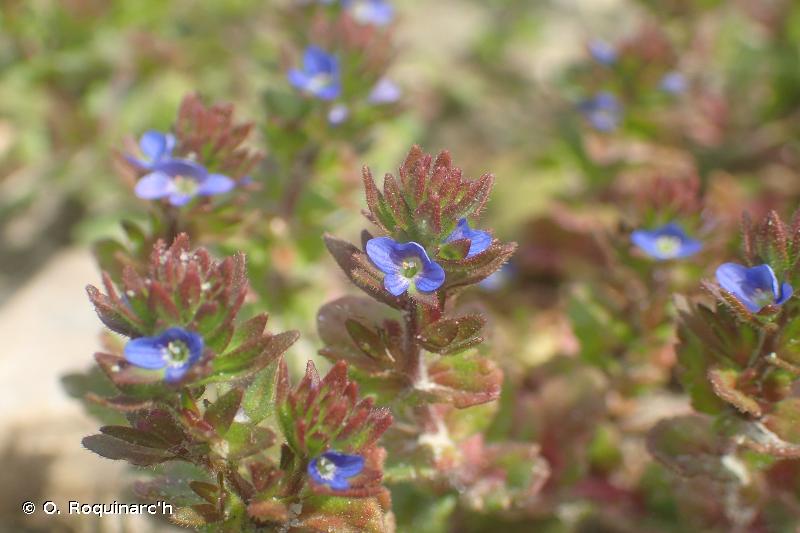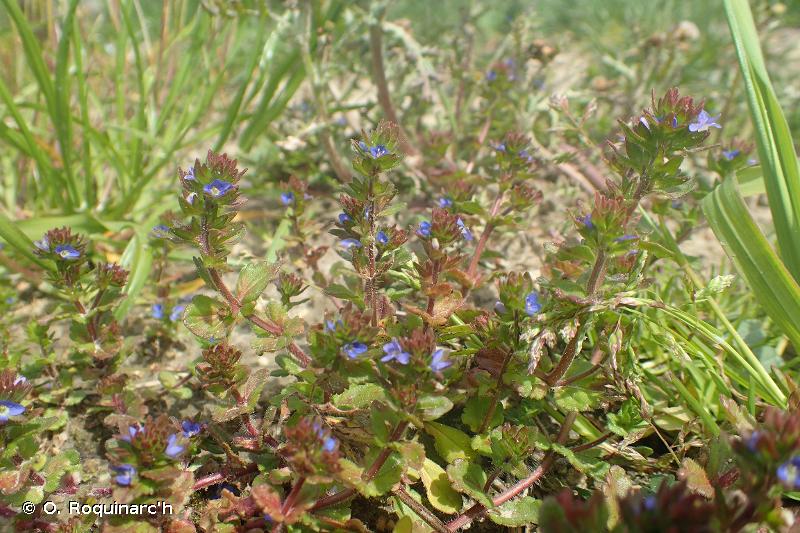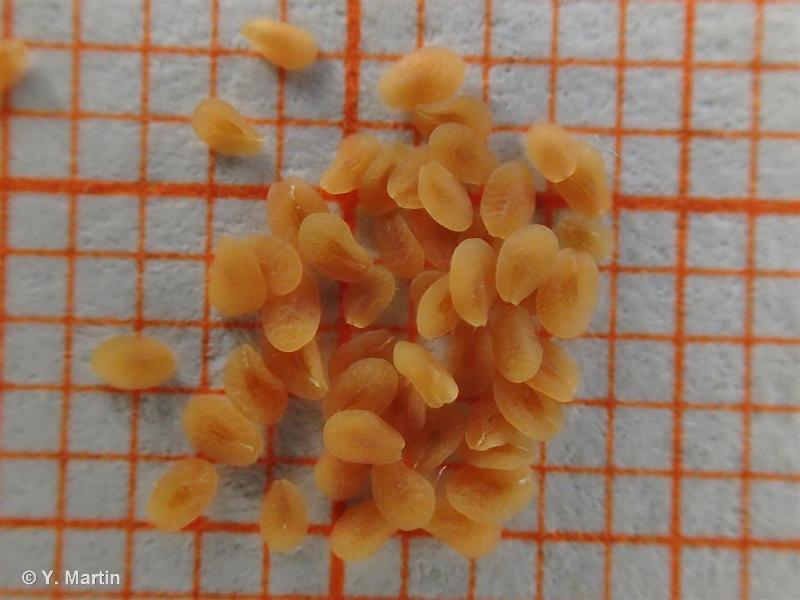
cd_nom

 |
To get the picture, please visit:
Yoan MARTIN
email : martin.yoan95@gmail.com
Despite the Creative Commons license, please inform the author of the use which will be made of his photo

| Author : O. Roquinarc'h |
 |
To get the picture, please visit:
Océane ROQUINARC'H,
Muséum national d'Histoire naturelle,
Service du Patrimoine Naturel,
4 Avenue du Petit Château,
91800 BRUNOY
mail : oroquinarch@mnhn.fr
Despite the Creative Commons license, please inform the author of the use which will be made of his photo

| Author : O. Roquinarc'h |
 |
To get the picture, please visit:
Océane ROQUINARC'H,
Muséum national d'Histoire naturelle,
Service du Patrimoine Naturel,
4 Avenue du Petit Château,
91800 BRUNOY
mail : oroquinarch@mnhn.fr
Despite the Creative Commons license, please inform the author of the use which will be made of his photo

| Author : S. Filoche |
 |
To get the picture, please visit:
Sébastien Filoche,
CBNBP/MNHN
61, rue Buffon - 75005 Paris
email : inpn@mnhn.fr
Despite the Creative Commons license, please inform the author of the use which will be made of his photo

 |
To get the picture, please visit:
Yoan MARTIN
email : martin.yoan95@gmail.com
Despite the Creative Commons license, please inform the author of the use which will be made of his photo
Diagnose :
La Véronique des champs est une espèce de la famille des Plantaginacées (mais Scrofulariacées dans l'ancienne classification traditionnelle), herbacée, annuelle, à tiges de petite taille n'atteignant généralement pas plus de 30 cm de hauteur. Les feuilles sont opposées, sessiles, ovales et grossièrement dentées. Les fleurs font tout au plus 5 mm de longueur et sont disposées en grappes terminant les tiges. Elles possèdent un calice à 4 sépales verts soudés à leurs bases, quatre pétales bleus à bleuâtres soudés et deux étamines. La floraison se déroule du début du printemps à la fin de l'automne. Les fruits sont des capsules en forme de cœur, dont la taille ne dépasse pas celle du calice.
Détermination :
La Véronique des champs est délicate à déterminer, compte tenu qu'il existe de nombreuses espèces qui sont morphologiquement très proches. Un examen attentif des caractères diagnostiques est indispensable.
Biogéographique et écologie :
En France métropolitaine, cette espèce est commune dans toutes les régions. Elle se rencontrera dans les milieux rudéraux, les friches, les bords de chemins, les terrains nus, ainsi que les prairies et pâtures non entretenues.
D'après : Coste, H. 1900-1906. Flore descriptive et illustrée de la France, de la Corse et des contrées limitrophes. Paul-Klincksieck, Paris. Réédité en trois tomes en 1998. Librairie scientifique et technique Albert Blanchard, Paris.
O. Escuder(UMS 2006 Patrimoine Naturel (AFB / CNRS / MNHN)),2016
Continental
Metropolitan France
Overseas
Marine
Metropolitan France
Overseas
The map presents a summary at the 10 x 10 km grid of the observation data for the species transmitted to the SINP. These data have been subjected to validation filters.
The map presents a reference distribution layer of the species at the scale of departments and marine sectors. The presence and absence data were established by expertise within a network of partners. This reference distribution is used in the validation process of the SINP data at the INPN level.
Corresponds to a report on the basis of at least one observation proved within a period of 10 years (20 years for little-known invertebrates) preceding the year and no presumption of extinction since obtaining the last data nor doubt on reproductive and implemented nature of this population. For migratory species, the presence indicated concerns areas of reproduction.
This status is based on one or more of the following criteria:
This point covers the absence, more difficult by nature to demonstrate than presence. This status is based on one or more of the following criteria:
This status must be assigned to a department in which the presence of the species is casual.
Particular case of absence due to a proven extinction less than a half century ago (older disappearances are treated as "no probable or definite").
In the state of knowledge, we can not comment on the presence or absence in the current department. This is the default status when not comprised in one of the previous categories or whenever there is doubt.
The map shows the global distribution of the species based on GBIF data (Global Biodiversity Information Facility).
